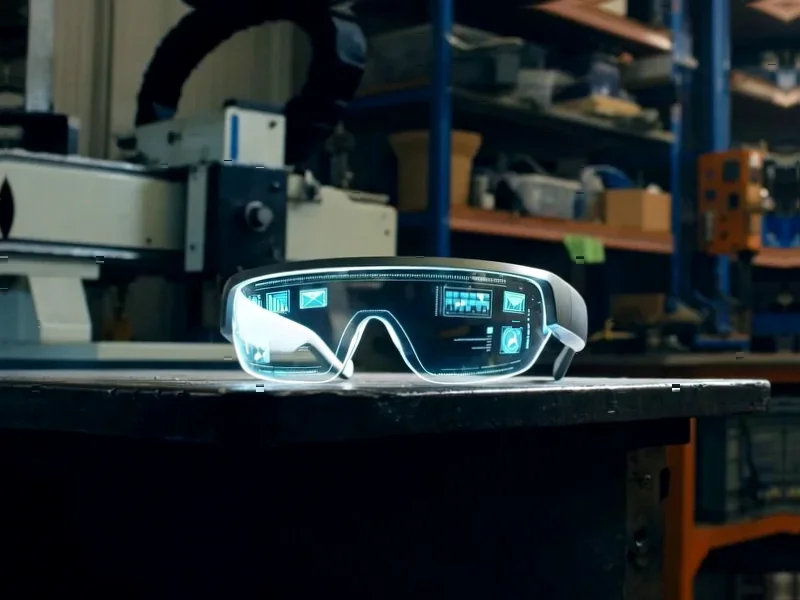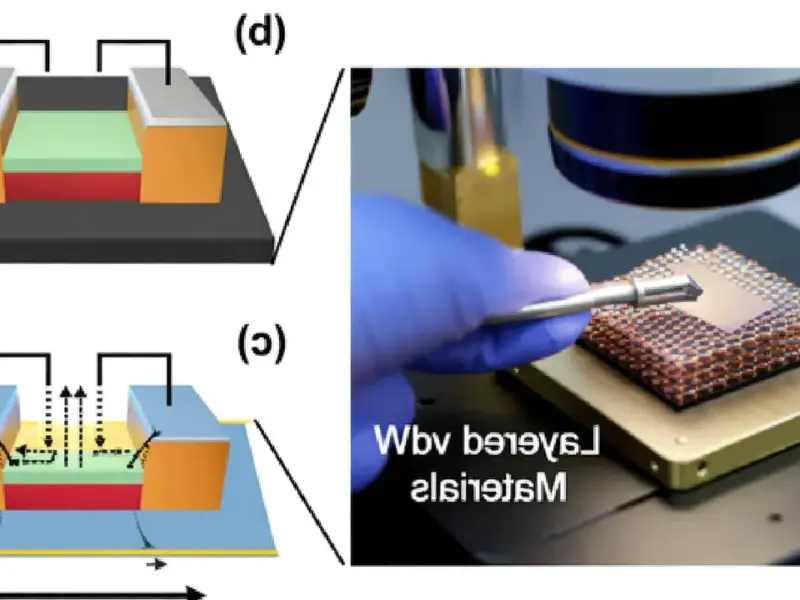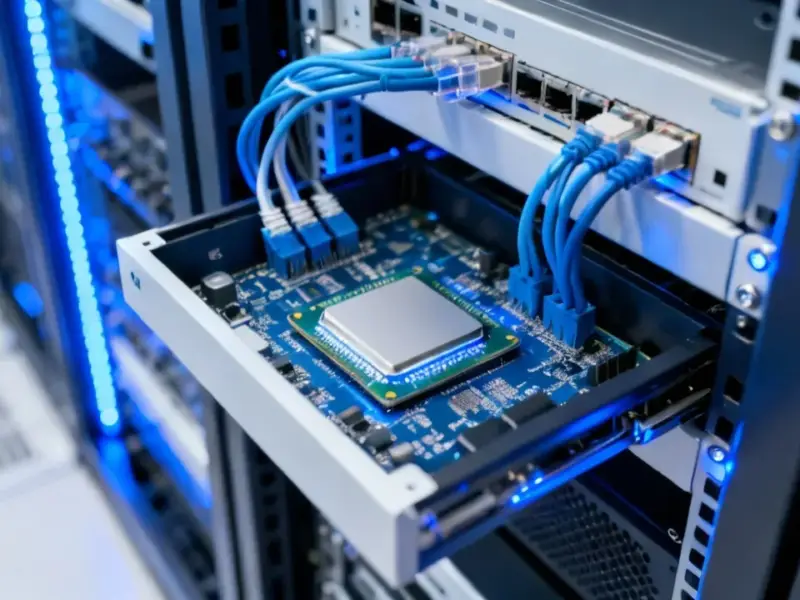According to Embedded Computing Design, NTX Embedded has introduced the Octolux industrial HMI display solution featuring high-resolution capacitive touchscreens ranging from 7″ to 21″ with vibrant colors and sharp graphics. The rugged construction is designed to resist vibration, dust, moisture, and extreme temperatures for reliable performance in harsh environments. The platform delivers advanced touch, voice, gesture, and AI-driven intelligence with real-time predictive analytics for next-generation embedded applications. NTX offers comprehensive development services through the Octolux Development Solution to shepherd products from concept to reality, with support continuing throughout the entire product lifecycle. This ambitious platform represents a significant step forward in industrial interface technology.
The Technical Reality Behind Multi-Modal Interfaces
While the promise of combining touch, voice, and gesture controls sounds compelling, the implementation in industrial environments presents substantial challenges. Voice recognition must contend with factory noise levels that can exceed 85 decibels, potentially rendering voice commands unreliable without sophisticated noise cancellation that current AI models struggle to deliver consistently. Gesture control faces similar environmental hurdles—gloved hands, varying lighting conditions, and operator movement patterns can significantly degrade accuracy. The Renesas processors likely powering this platform have proven capabilities in industrial computing, but handling simultaneous multi-modal inputs in real-time requires processing power that may impact both cost and thermal management in sealed industrial enclosures.
Industrial Market Adoption Hurdles
The industrial sector remains notoriously conservative when adopting new interface technologies. Manufacturing facilities running 24/7 operations cannot afford interface failures that halt production lines. Many facilities still rely on physical buttons and basic touchscreens precisely because they’re proven, predictable, and easily serviceable. The transition to AI-driven interfaces requires not just hardware changes but significant retraining of operators accustomed to traditional controls. Companies showcasing at events like Embedded World often discover that their most advanced features go unused because plant managers prioritize reliability over innovation. The gap between what’s technologically possible and what industrial users actually need remains substantial.
Hidden Implementation Costs and Risks
NTX’s promise of shepherding products “from concept to reality” glosses over the substantial integration challenges. Industrial HMI systems don’t exist in isolation—they must interface with legacy PLCs, SCADA systems, and proprietary manufacturing equipment that may be decades old. The development services mentioned likely represent significant additional costs beyond the hardware platform itself. More concerning is the cybersecurity dimension—adding AI analytics and multiple input methods expands the attack surface in environments where security has traditionally been an afterthought. Real-time predictive analytics also raise data governance questions about what manufacturing data is being collected, processed, and potentially transmitted off-site.
A Crowded Competitive Landscape
The industrial HMI market already features established players like Siemens, Rockwell Automation, and Beckhoff, each with decades of industry-specific knowledge and extensive support networks. These competitors understand that industrial customers value reliability, long-term availability, and backward compatibility far more than cutting-edge features. New entrants promising revolutionary approaches often discover that industrial sales cycles measure in years rather than months, and certification requirements vary significantly across industries like automotive, pharmaceuticals, and food processing. While NTX’s focus on modern interfaces is timely, displacing incumbents requires more than technical superiority—it demands deep understanding of industry-specific workflows and regulatory requirements.
Realistic Outlook for AI-Driven HMIs
The vision of AI-enhanced industrial interfaces is undoubtedly the future, but the transition will be gradual rather than revolutionary. We’re more likely to see incremental adoption—perhaps starting with predictive maintenance analytics that don’t interfere with core control functions, or voice controls limited to specific non-critical operations. The most successful implementations will likely be in greenfield facilities rather than retrofits of existing plants. For NTX to succeed, they’ll need to demonstrate not just technical capability but proven reliability in real-world conditions over extended periods. The industrial market ultimately rewards solutions that solve practical problems rather than those that simply showcase technological advancement.




